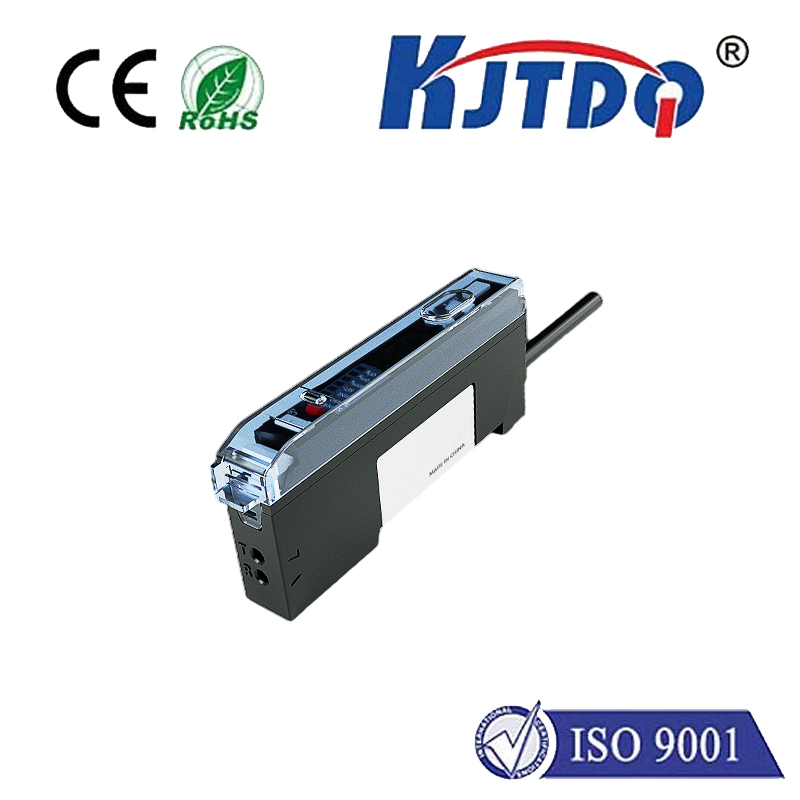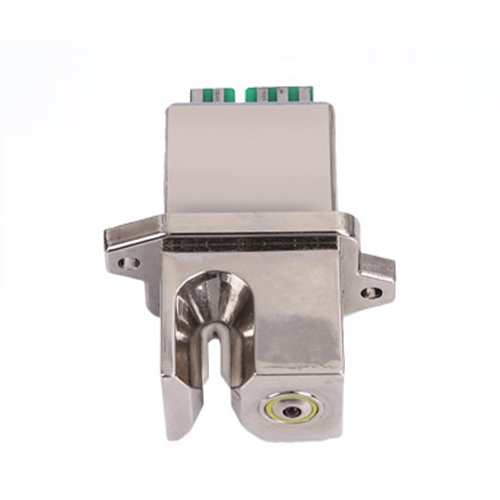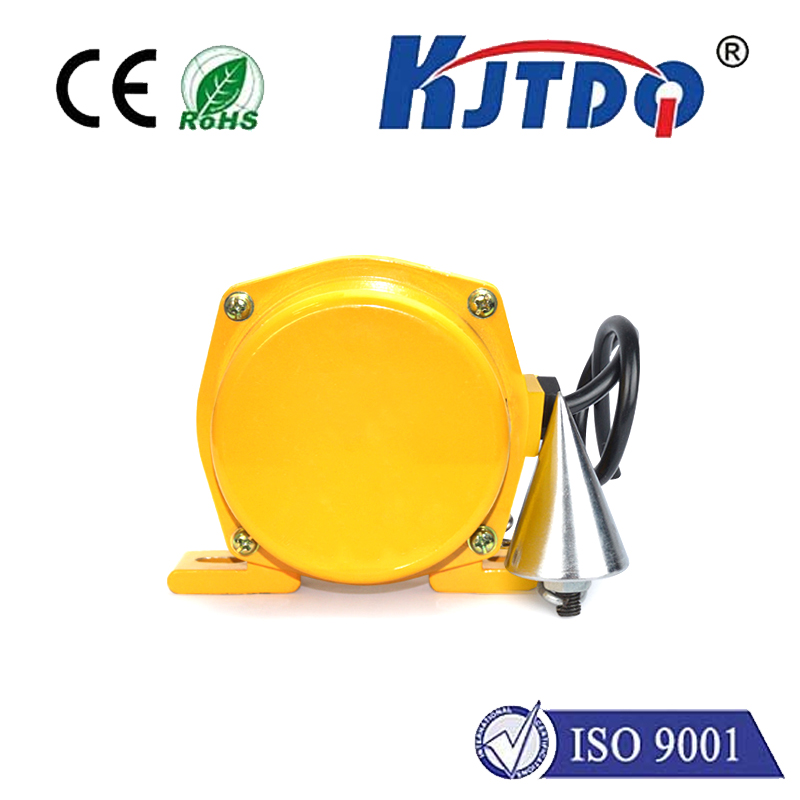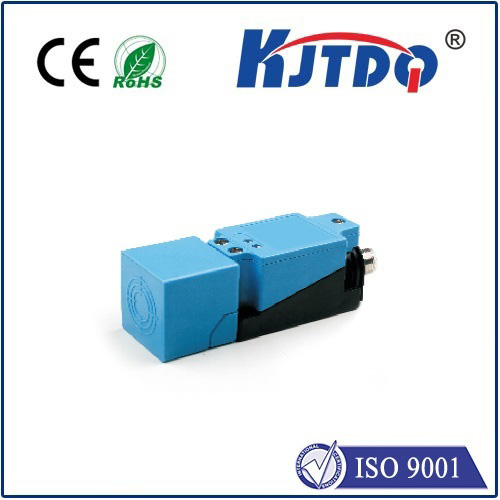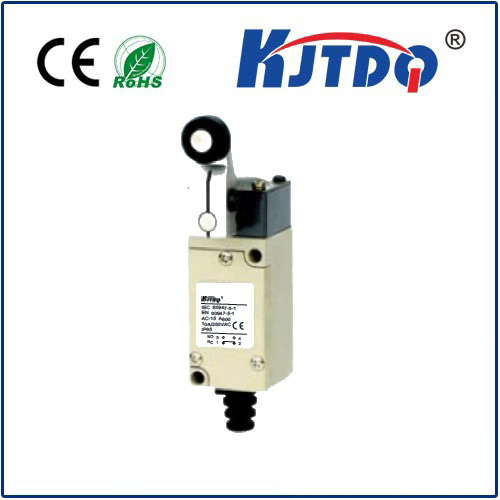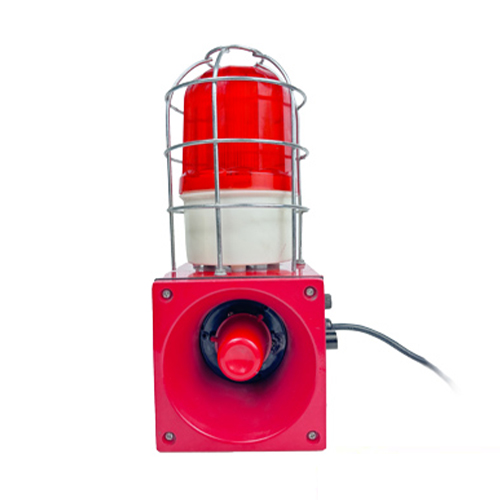proximity sensor inductive
- time:2025-09-05 12:35:42
- Нажмите:0
Proximity Powerhouse: How Inductive Sensors Drive Industrial Automation
Imagine a machine needing the uncanny ability to “sense” the presence of a metal object without ever touching it – to know precisely when a robotic arm is in position, a bottle cap is screwed on tight, or a vehicle chassis enters the painting booth. This isn’t science fiction; it’s the everyday reality made possible by the workhorse of non-contact detection: the индукционный датчик приближения. Operating silently and reliably within the harshest industrial environments, these sensors form a critical proximity sensor inductive backbone in modern automation, offering unparalleled durability and precision for metallic target detection.
The Unseen Force: Unveiling Inductive Proximity Technology
At the heart of every индукционный датчик приближения lies a fundamental principle of physics: electromagnetism, specifically Faraday’s Law of Induction. Unlike sensors relying on light or physical contact, inductive sensors generate their own invisible electromagnetic field using a coiled wire wound around a ferrite core within the sensor head. This coil is part of an oscillator circuit.
- The Oscillator’s Hum: When powered, the oscillator generates a high-frequency alternating current flowing through the coil. This current creates a constantly oscillating electromagnetic field projecting outward from the face of the sensor.
- The Intrusion Effect: When a conductive metal target (like steel, aluminum, brass, or copper) enters this active electromagnetic field, something fascinating happens. The changing magnetic field induces circulating electrical currents within the target material itself. These are known as eddy currents.
- The Power Drain: The creation of these eddy currents consumes energy. This energy drain is drawn directly from the sensor’s own oscillator circuit.
- Detection & Signal Change: The energy loss caused by the eddy currents leads to a measurable reduction in the amplitude (strength) of the oscillations within the sensor. Sophisticated circuitry continuously monitors this oscillation level. When the amplitude drop exceeds a predefined threshold – indicating a target is sufficiently close – the sensor’s internal solid-state switch (like a transistor) changes state.
- Output Action: This switch change manifests as the sensor’s output signal. Typically, this means switching an NPN or PNP transistor output (common in DC sensors), effectively acting like a relay closing or opening a circuit. This output signal is then interpreted by the machine’s control system (like a PLC) to trigger actions – stopping a conveyor, starting a weld cycle, or counting parts.
Core Components of Reliability:

The robustness of the proximity sensor inductive design stems from its key elements:
- Oscillator Circuit: Generates the high-frequency field.
- Coil & Ferrite Core: Forms the sensing element generating the electromagnetic field.
- Demodulator/Detector Circuit: Monitors the oscillation amplitude.
- Output Switching Circuit: Changes state based on the detector’s input (e.g., NPN/PNP transistor).
- Housing: Usually rugged metal (stainless steel, brass) or high-grade plastic, offering protection against physical impact, chips, and coolants.
Why Inductive Proximants Reign Supreme in Industry
The индукционный датчик приближения isn’t just popular; it’s often the default choice for metallic object detection for compelling reasons:
- True Non-Contact Operation: Absolutely zero physical touch is required. This eliminates wear and tear on both the sensor and the target, leading to exceptionally long service life and minimal maintenance. No mechanical stress means vastly superior longevity.
- Unwavering Speed & Reliability: These sensors react incredibly fast, detecting targets in milliseconds. They maintain consistent performance regardless of environmental factors like accumulated dust, dirt, oil, grease, or even opaque liquids – as long as they don’t contain conductive particles. Immunity to common contaminants is a massive advantage on messy factory floors.
- Environmental Resilience: Designed to thrive where other sensors falter. High-quality inductive sensors boast excellent resistance to vibration, shock, wide temperature fluctuations, and corrosive atmospheres. High IP (Ingress Protection) ratings (like IP67, IP68, IP69K) ensure reliability even under washdown conditions.
- Long Operational Life: With no moving parts to wear out and robust construction, these sensors offer years of trouble-free operation, significantly reducing downtime and replacement costs.
- Variety & Versatility: Available in diverse shapes (cylindrical, rectangular, block), sizes (miniature to large), sensing ranges (from millimeters up to several centimeters), connection types (cable or connector), and output configurations (NPN, PNP, NO, NC, Analog, IO-Link) to suit virtually any application need.
Where Inductive Proximity Detection Shines
The applications for proximity sensor inductive technology are vast and critical across countless sectors:
- Manufacturing & Assembly Lines: Detecting position of machine parts, end-of-stroke on cylinders, part presence/absence on conveyors, verifying correct assembly (e.g., metal screws inserted), robotic arm positioning, and counting metallic items.
- Автомобильная промышленность: Monitoring vehicle position on assembly lines, confirming chassis presence, detecting gear position, brake pad wear sensing (indirectly), and controlling painting/drying processes.
- Material Handling & Packaging: Verifying presence of metal cans, bottles with metal caps, or foil packaging; controlling filling levels in metal containers; detecting pallets or metal components on conveyors; gate control.
- Machine Tooling: Tool breakage detection (detecting if a drill bit or tool is still present), monitoring spindle position, workpiece clamping confirmation, and coolant flow monitoring (using a metal float).
- Food & Beverage Processing: Used extensively where robust, washdown-rated sensors are needed (e.g., stainless steel housing sensors). Detecting metal cans, lids, fill levels in metal vessels (via floats), position of stainless steel mixers or valves. (Note: They detect the container, not the food product itself).
- Hydraulics & Pneumatics: Reliable end position detection of metal pistons within cylinders.
- Liquid Level Control: Detecting metallic floats within tanks to monitor liquid levels effectively.
Choosing the Right Inductive Proximity Sensor
Selecting the optimal индукционный датчик приближения involves considering several factors:
- Target Material: Different metals affect sensing range differently. Ferrous metals (steel, iron) offer the longest range. Non-ferrous metals (aluminum, copper) and stainless steel have reduced ranges – check sensor specifications (Standard Sensing Distance “Sn”).
- Required Sensing Range: Choose a sensor with a nominal sensing range (Sn) slightly larger than the maximum air gap needed in your application to account for mounting tolerances and potential drift.
- Mounting Constraints: Cylindrical sensors (e.g., M8, M12, M18, M30) are common, but rectangular or block styles might be needed for flush mounting or tight spaces. Consider flush mount vs. non-flush mount capabilities.
- Output Type: DC sensors typically use NPN or PNP transistor outputs (sourcing or sinking). Ensure compatibility with your PLC input card. AC sensors and analog (e.g., 4-20mA, 0-10V) or IO-Link variants are also available for specific needs.
- Environmental Conditions: Critical for longevity. Select the appropriate IP rating, temperature range, and

